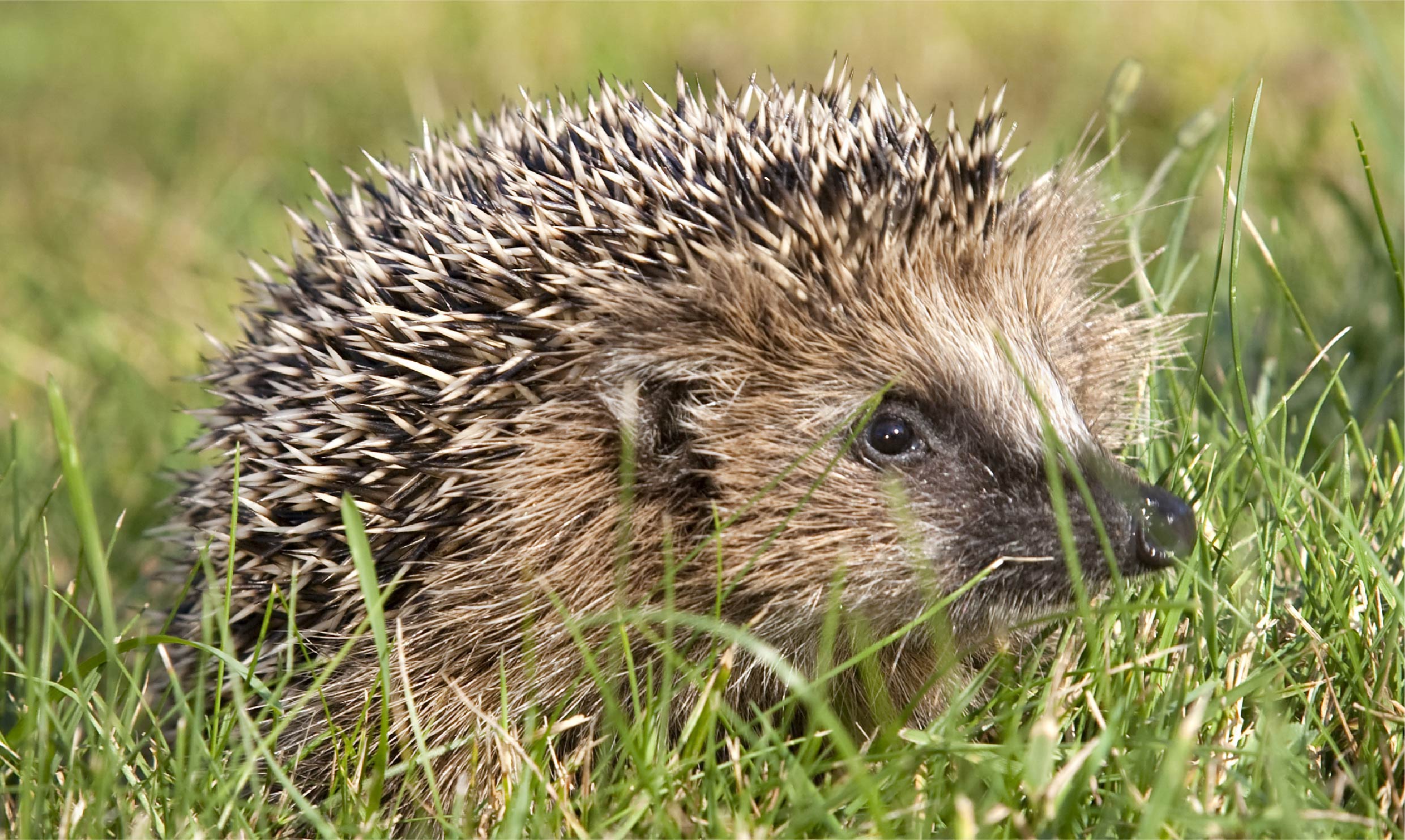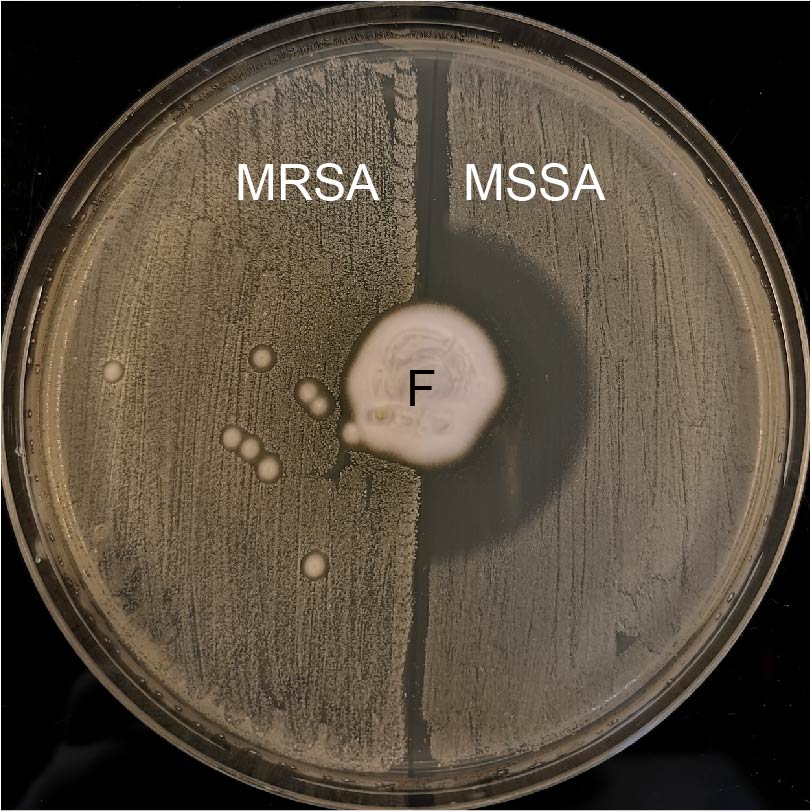News
Groundbreaking results published in Nature: mecC-MRSA was present in hedgehogs long before the discovery of antibiotics!
The discovery of antibiotics more than 80 years ago has led to significant improvements in human and animal health. But every time a new antibiotic was put into use, the bacteria quickly responded by becoming resistant. Therefore, until now, it has been assumed that resistance in disease-causing bacteria is a modern phenomenon driven by clinical use of antibiotics. However, it has been a big mystery how resistance could arise so quickly.
Now a new study has solved part of the riddle. The study was co-authored by WildCRU’s hedgehog expert Dr Sophie Lund Rasmussen, and has just been published in the acclaimed journal Nature. You can read the research article here: Emergence of methicillin resistance predates clinical use of antibiotics
Hedgehogs carry MRSA
Dr Sophie Lund Rasmussen of WildCRU, also known as “Dr Hedgehog” led the original research from 2019 showing that European hedgehogs are natural reservoirs of methicillin-resistant Staphylococcus aureus (MRSA), which formed the basis for this comprehensive study seeking to investigate the surprising discovery even further:
“I originally initiated the investigation of methicillin-resistant Staphylococcus aureus (MRSA) occurrence in European hedgehogs as part of the Danish Hedgehog Project in 2016, where my colleagues and I tested nasal swabs from 188 individuals and found a surprisingly high prevalence of 61% mecC-MRSA in the Danish hedgehogs, compared to other wildlife species. This interesting result led us to conclude that European hedgehogs must be natural reservoirs of mecC-MRSA.”
You can read the research article here: European hedgehogs (Erinaceus europaeus) as a natural reservoir of methicillin-resistant Staphylococcus aureus carrying mecC in Denmark
“After publishing these findings, I kept wondering why hedgehogs, of all species, are natural reservoirs of mecC-MRSA. I simply had to investigate this further. My colleagues and I hypothesised that this could be connected to the presence of the dermatophyte (ringworm) Trichophyton erinacei which European hedgehogs often carry. To test this proposal, we initiated an extensive collection of samples from European hedgehogs all over Europe and New Zealand, with the majority of samples kindly provided by my network of hedgehog rehabilitators.”
The mecC resistance gene causing mecC-MRSA evolved as a natural process in hedgehogs
The research that followed was based on a comprehensive collaboration between various specialists, leading to the groundbreaking discovery that particular lineages of methicillin-resistant Staphylococcus aureus (MRSA) appeared naturally in European hedgehogs in the pre-antibiotic era up to 200 years ago- more than 80 years before penicillin was even discovered.
“We demonstrated that the hedgehog ringworm Trichophyton erinacei produces two β-lactam antibiotics, which provide a natural selective environment where methicillin-resistant Staphylococcus aureus isolates have an advantage over susceptible isolates. Basically, the ringworm has been spitting out natural antibiotics on to the faces of the hedgehogs, and these antibiotics have come into contact with the bacteria in the snouts of the hedgehogs, which have then developed resistance against the antibiotics they were exposed to. A completely natural process which just happened to take place in hedgehogs.”
The most groundbreaking result of this study, however, is that this finding challenges the commonly accepted view that widespread resistance in clinical pathogens is a modern phenomenon driven by our use of antibiotics in human and veterinary medicine!
Does this discovery change the way we should co-exist with hedgehogs? Should we be worried about the zoonotic potential of the hedgehogs visiting our gardens?
“The answer to those questions is no. Our research showed that some of the lineages of mecC-MRSA found in the hedgehogs appear to have emerged around 200 years ago! So even though it is news to us, nothing has changed for the hedgehogs, as they have carried these bacteria for up to two centuries without causing massive outbreaks of mecC-MRSA infections in humans. Therefore, the advice is, as always, to keep a strict hygiene when handling, treating and/or feeding hedgehogs and other wildlife.”
You can stay updated about Sophie’s research here:
https://www.wildcru.org/research/hedgehogs/
Facebook: Pindsvineforskning
Twitter: @Dr_Pindsvin
Youtube: Dr Hedgehog
-
 © Pia B. Hansen
© Pia B. Hansen -
 The fungus kills MSSA bacteria, while the MRSA bacteria are able to protect themselves against the antibiotics that the fungus produces on the surface of hedgehogs. Image © Adam Sejer
The fungus kills MSSA bacteria, while the MRSA bacteria are able to protect themselves against the antibiotics that the fungus produces on the surface of hedgehogs. Image © Adam Sejer -
 Here the fungus (F) is seen growing in the middle of an agar plate, where MRSA bacteria grow at the same time on the left half and MSSA bacteria on the right half. The fungus produces antibiotics that kill MSSA but not MRSA bacteria, resulting in a clear zone without growth. Image © Claire L. Raisen
Here the fungus (F) is seen growing in the middle of an agar plate, where MRSA bacteria grow at the same time on the left half and MSSA bacteria on the right half. The fungus produces antibiotics that kill MSSA but not MRSA bacteria, resulting in a clear zone without growth. Image © Claire L. Raisen





